If there’s one thing we love, it’s bacon!
Disney makes DELICIOUS bacon treats like that chocolate-covered bacon at Disney’s Polynesian Village Resort! However, at Disneyland, our precious bacon might be at risk!
In 2018, the citizens of California overwhelmingly passed a new law regulating the health and safety of breeding pigs, egg-laying chickens, and veal calves, requiring farms in California to give animals more livable space.
According to FOX 35 Orlando, while chicken and calf farmers have been able to easily comply with this new law and still meet their quotas, pig farmers have not been as successful. Experts predict a large, but temporary, bacon shortage in California next year while hog farmers continue to attempt to comply with the new rules.
What does this mean for Disneyland? Well, there might be less bacon for a little while and dishes with pork or bacon might end up being expensive as there’s less bacon to go around. But don’t worry! This only seems to be temporary, so you’ll likely be able to get your bacon fix at Disneyland.

Disneyland!
We’ll keep an eye on this bacon situation and see if it affects Disneyland. We’re keep up with the latest Disney news, so stay tuned for more!
Click here to read about the Toy Story treat of your dreams!
Want to Learn More About Disneyland?
Check Out the Links Below!
DFB Disneyland Restaurants Guide
Disney Genie and How to Use it in Disneyland
What You Need to Know About the Theme Park Reservation System for Disneyland and Disney California Adventure
Closures and Construction at Disneyland
Learn All About Disneyland Park
See What Marvelous Stuff You’ll Find at Avengers Campus in Disney California Adventure
Learn About Pixar Pier in Disney California Adventure
Get All the Details About the Disneyland Mobile App
Everything You Need to Know About Mobile Order in Disneyland
Learn More About Disneyland’s Magic Key Program
Full Details About the Holiday Season in Disneyland
Full Details About Halloween Time at Disneyland
Get Some STRANGE Tips for Disneyland
Click HERE to Check Out Lots of Other DFB Posts About Disneyland
Join the DFB Newsletter To Get All the Latest Disney News Delivered Right to Your Inbox! Click here to Subscribe
What do you think about the potential bacon shortage at Disneyland? Let us know in the comments!


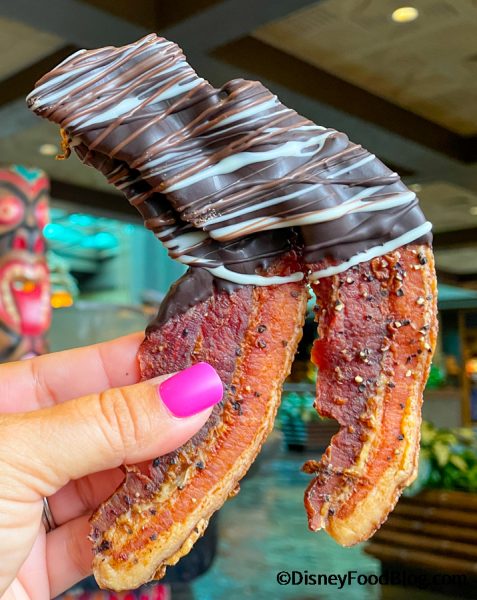
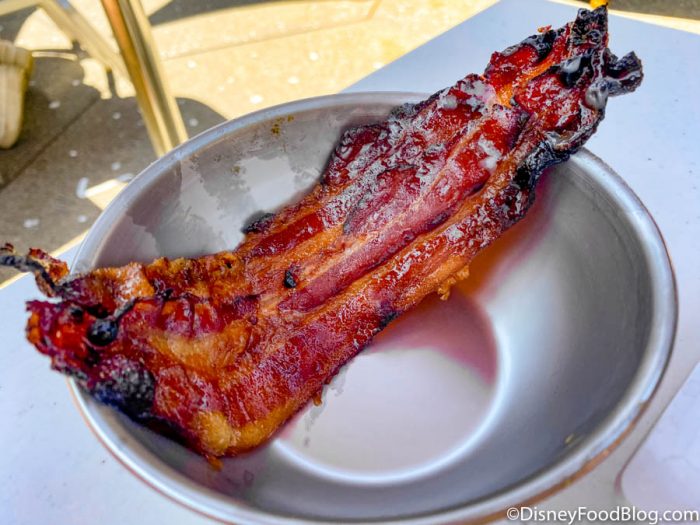








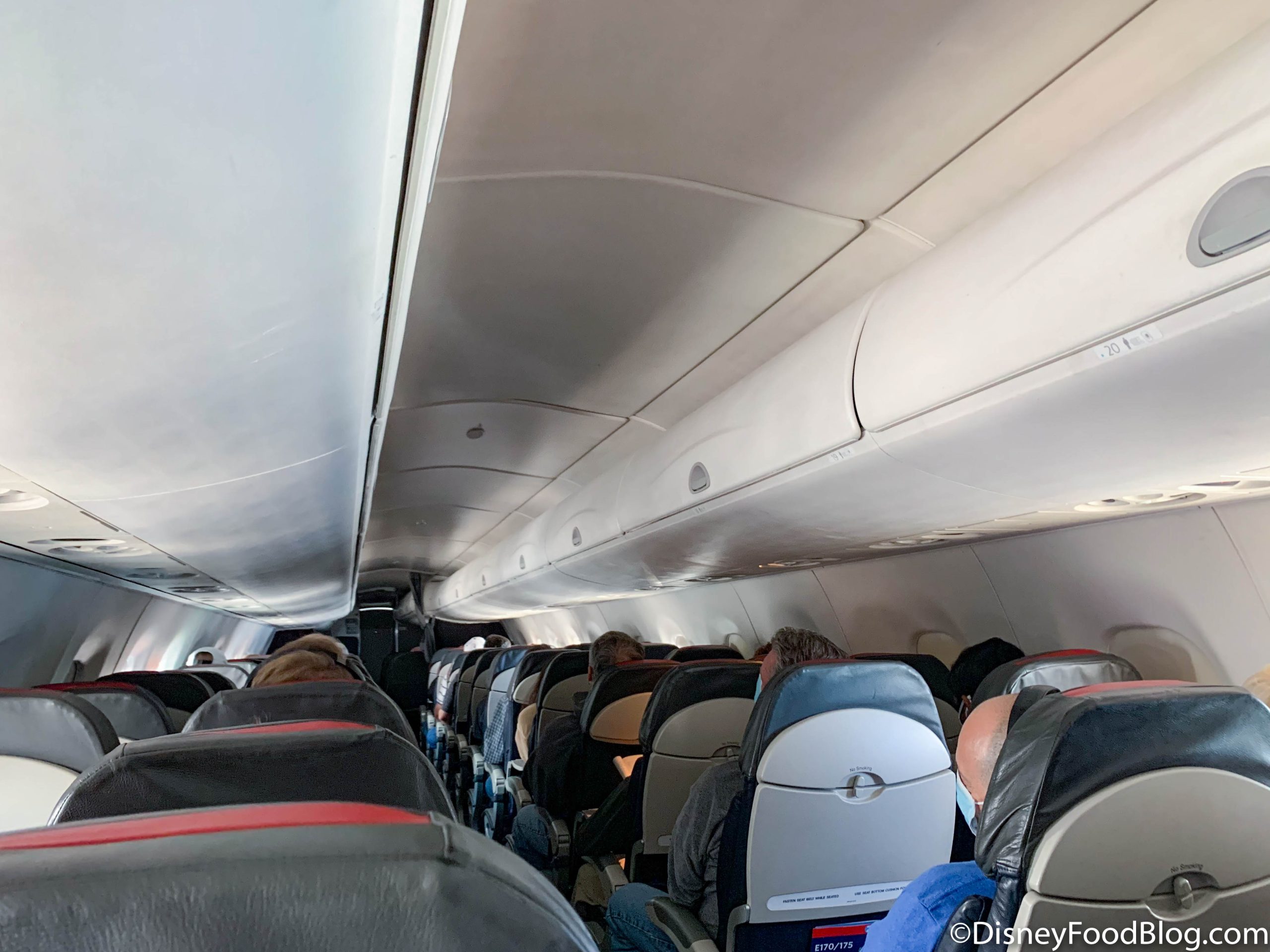
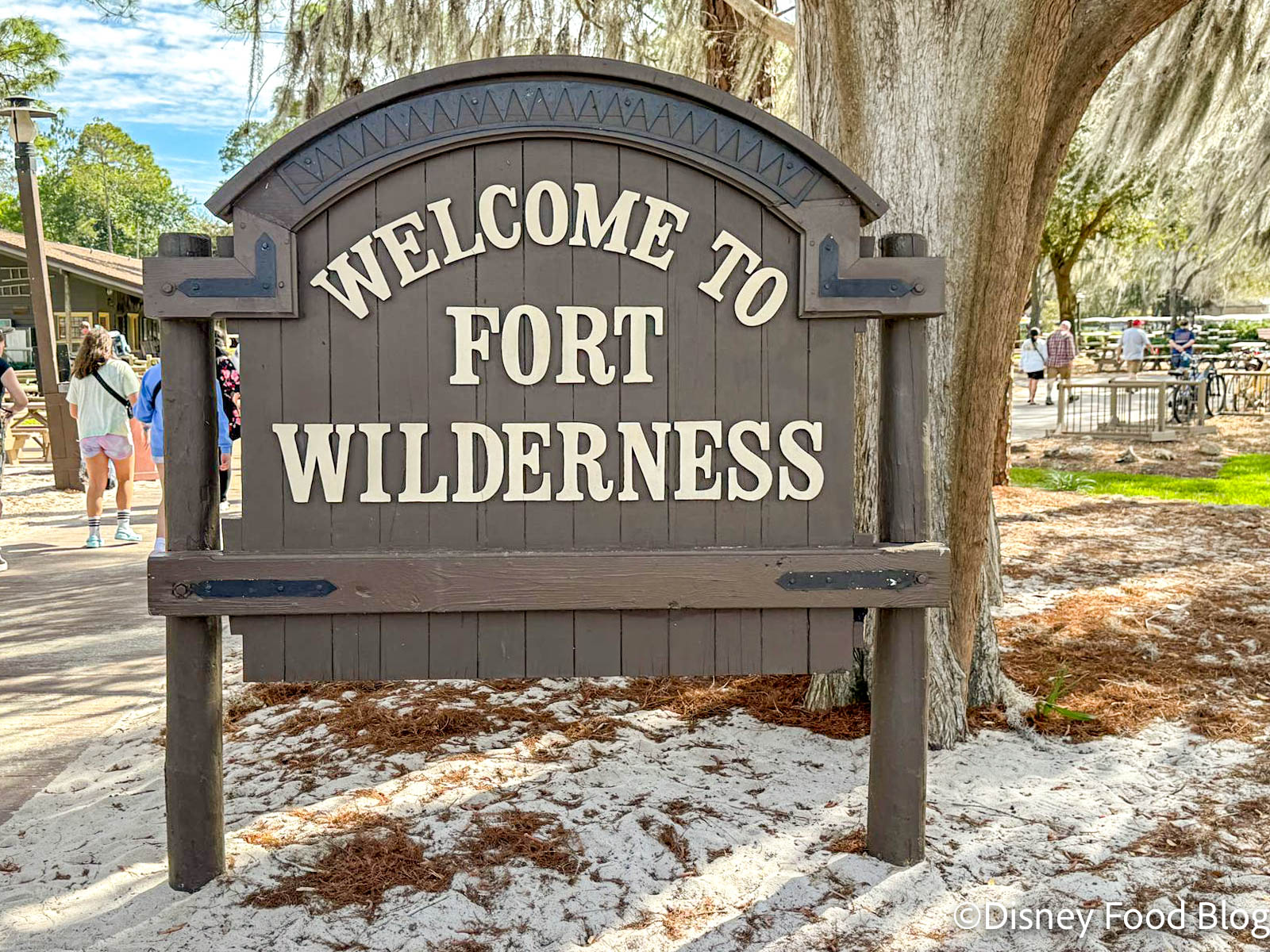






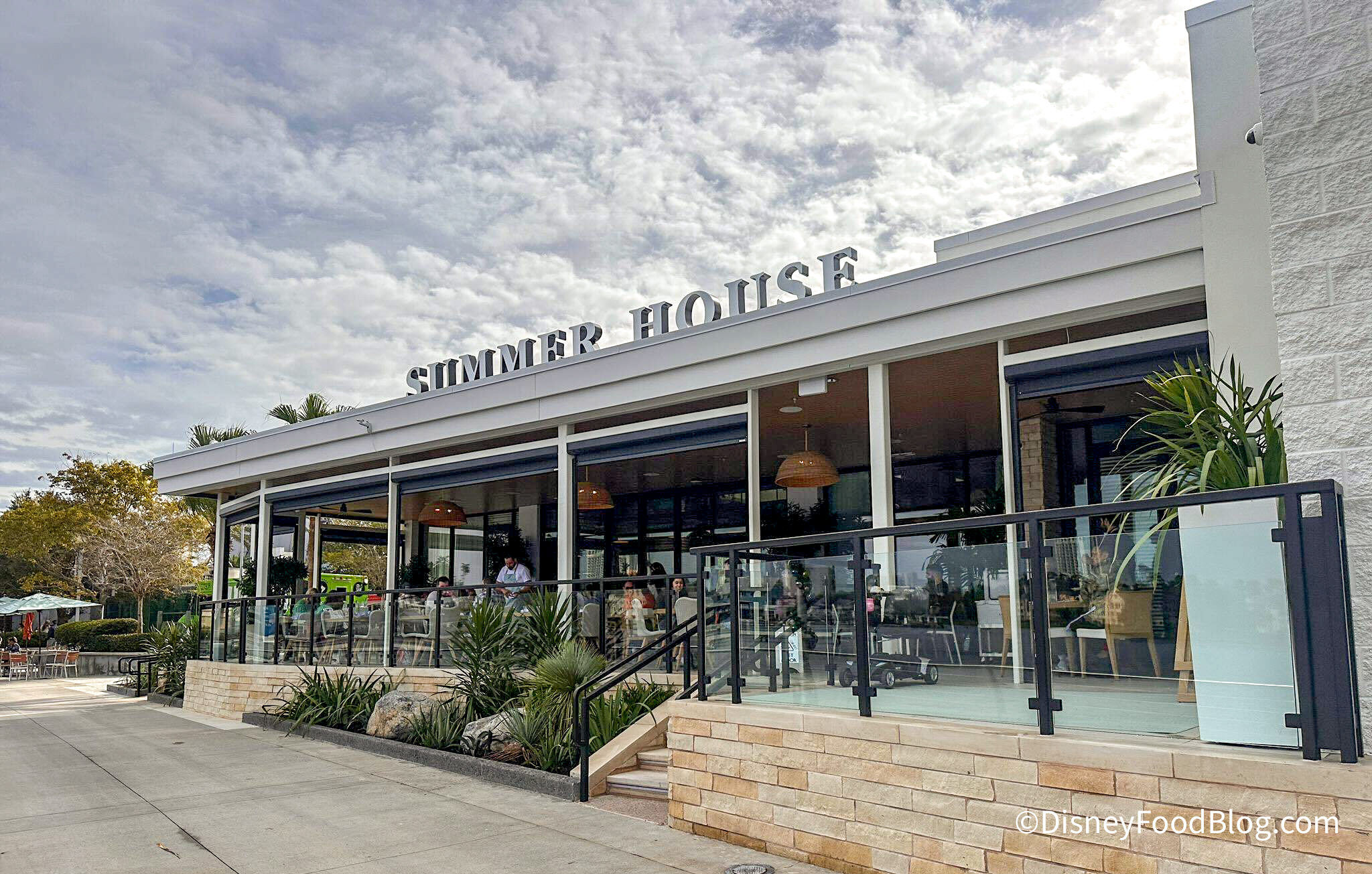




 Our handy (and portable!) ebook guides make sure you get the best deals and can plan a vacation of a lifetime.
Our handy (and portable!) ebook guides make sure you get the best deals and can plan a vacation of a lifetime.

” It’s been difficult for Pig armers to adapt to the new changes”. Has it really been difficult or are they just too cheap and greedy to make the necessary changes to meet the new regulations? They have had two years to make changes and it seems like they have done nothing about it. If Calf farmers are able to do it, why can’t the Pig farmers do it?
For those who have never bred pigs, the “small” cages the sows (female pig) are kept in are called farrowing crates. The sow is only in the crate while she gives birth and until the piglets are weaned to keep the babies safe. Sows can weigh up to 500 pounds and when they flop onto their sides they can squish the babies, a farrowing crate has a 6-8” space at the bottom so the piglets can get close to mom but can get away when she goes to lay down because she can’t just flop she has to fold her front legs and lay down before rolling onto her side. By requiring more space for breeding pigs the farmers will have too much piglet loss to make it worth doing, you do gooders may just have to live without pork. Maybe do some research before voting on a bill to see what it really involves.
not sure why California thinks they can and should set the pork industry standards for the rest of the country. If the rest of the country won’t pay inflated market prices to cover California costs, why should farmers comply? In the end, only California pig farmers will be protected and California consumers will be affected…let them eat tofu?
“In Iowa, which raises about a third of the country’s pigs, farmer Dwight Mogler estimates the changes would cost him $ 3 million and make room for 250 pigs in a space that now holds 300.
To pay the expense, Mogler said, he would have to earn $ 20 more per pig and so far processors are offering much less.
“The question for us is, if we make these changes, what will be the next change in the rules two years, three years, five years ahead?” Mogler asked.
California rules also create a challenge for slaughterhouses, which can now send different cuts of the same pork to locations across the country and in other countries. Processors will need to design new systems to track California-compliant hogs and separate those premium cuts from standard pork that can serve the rest of the country.”